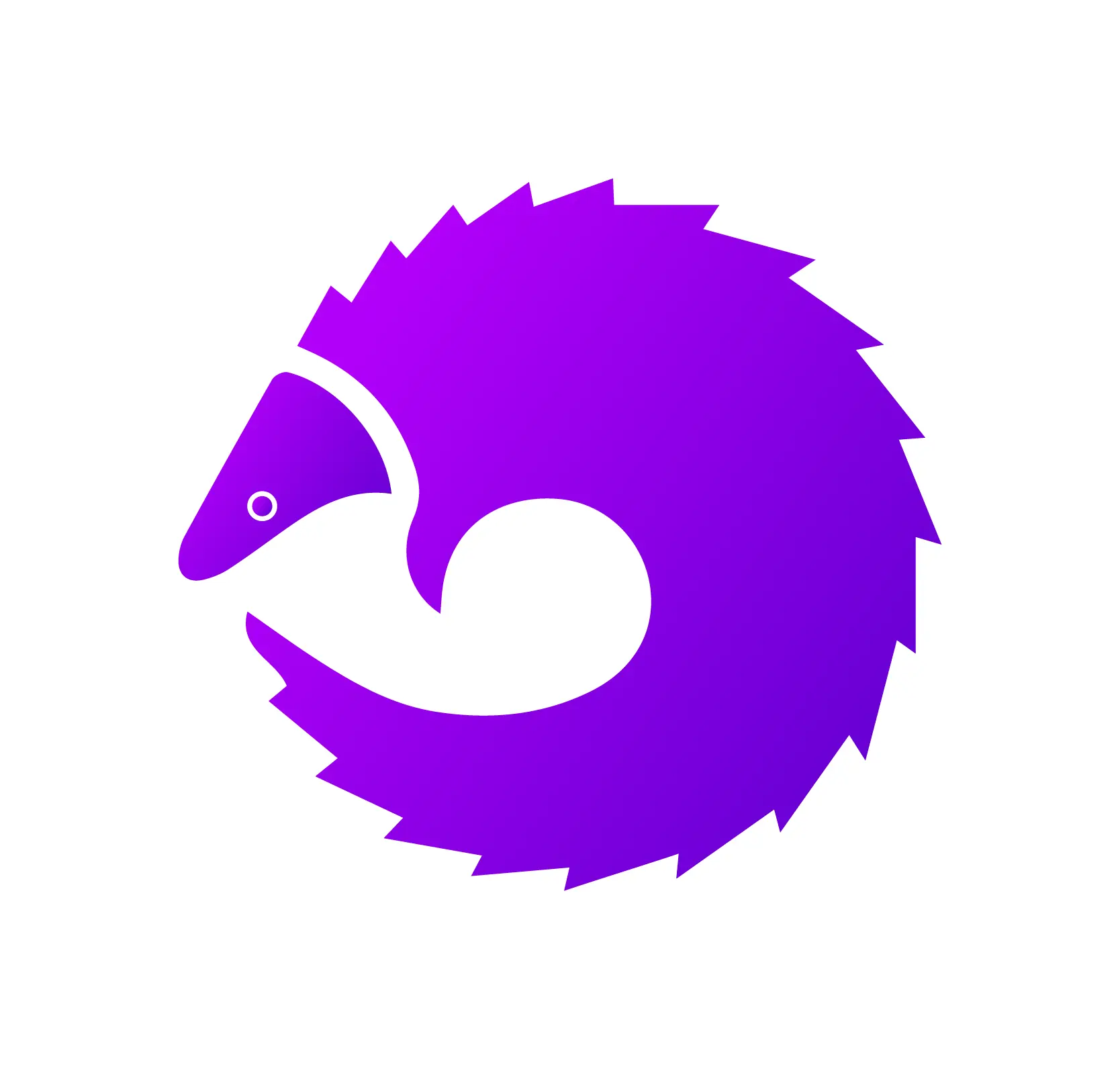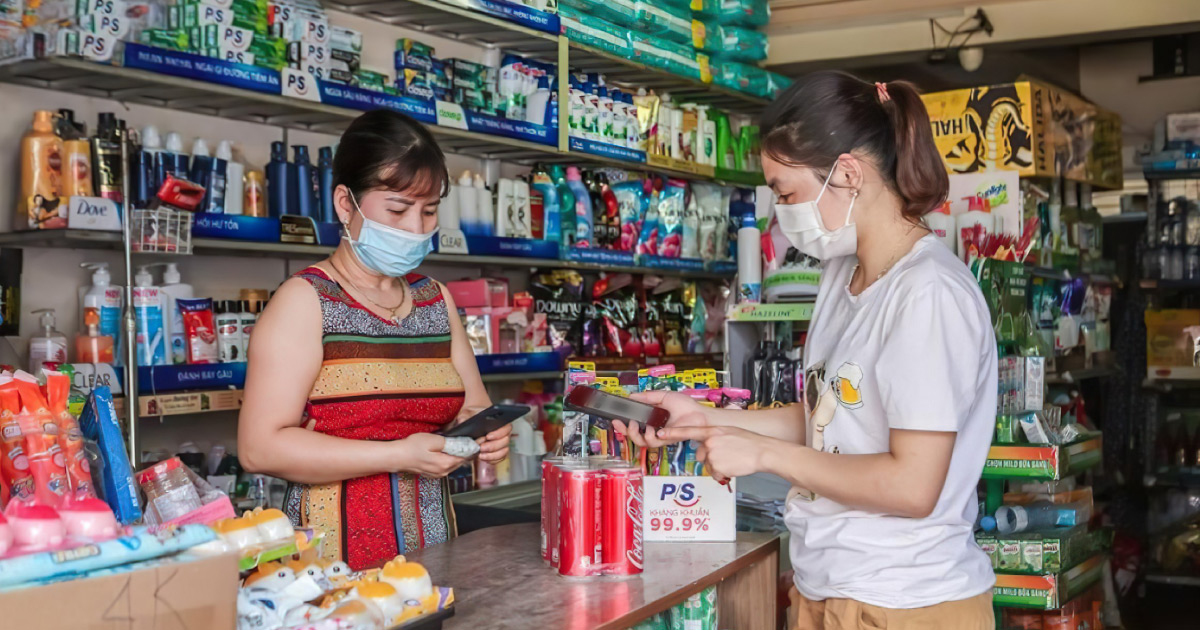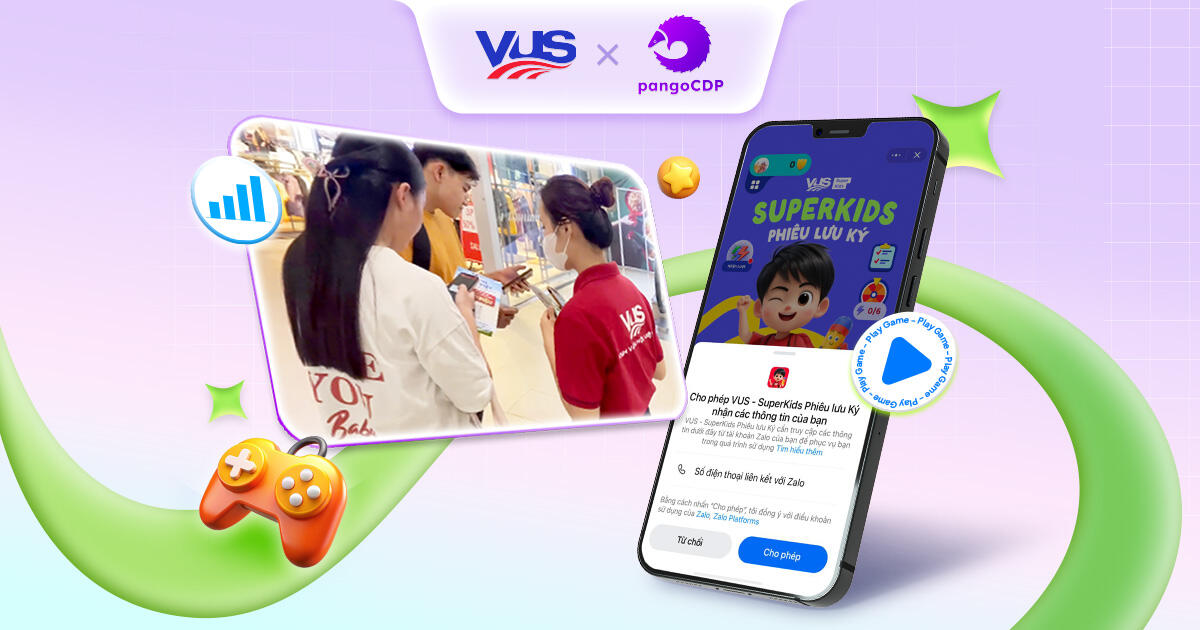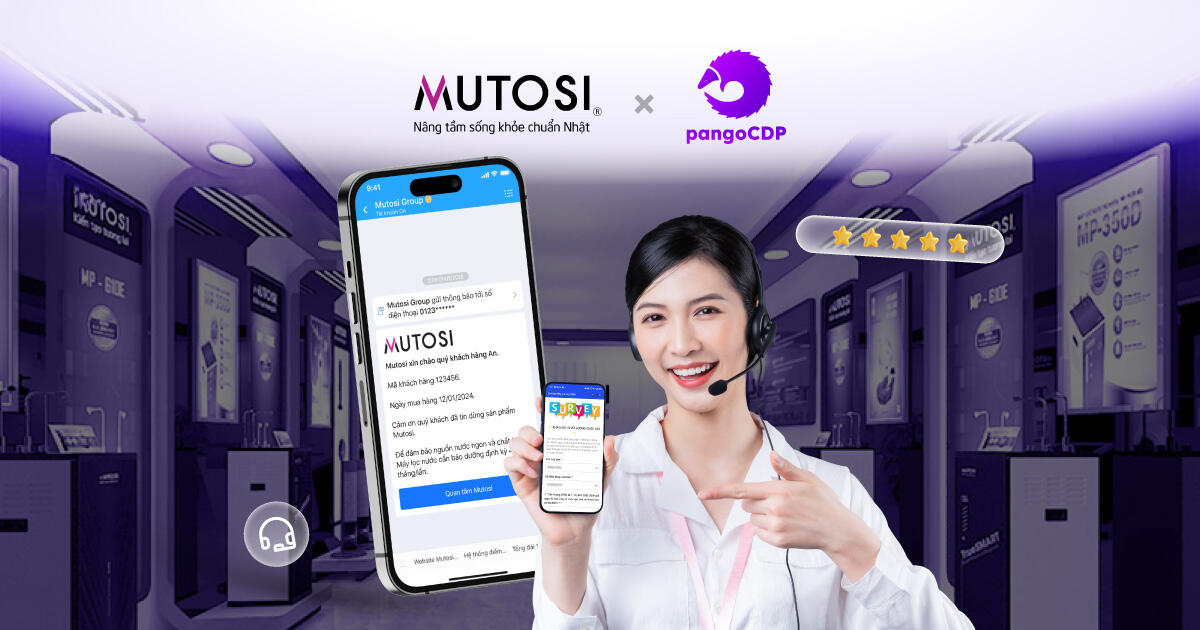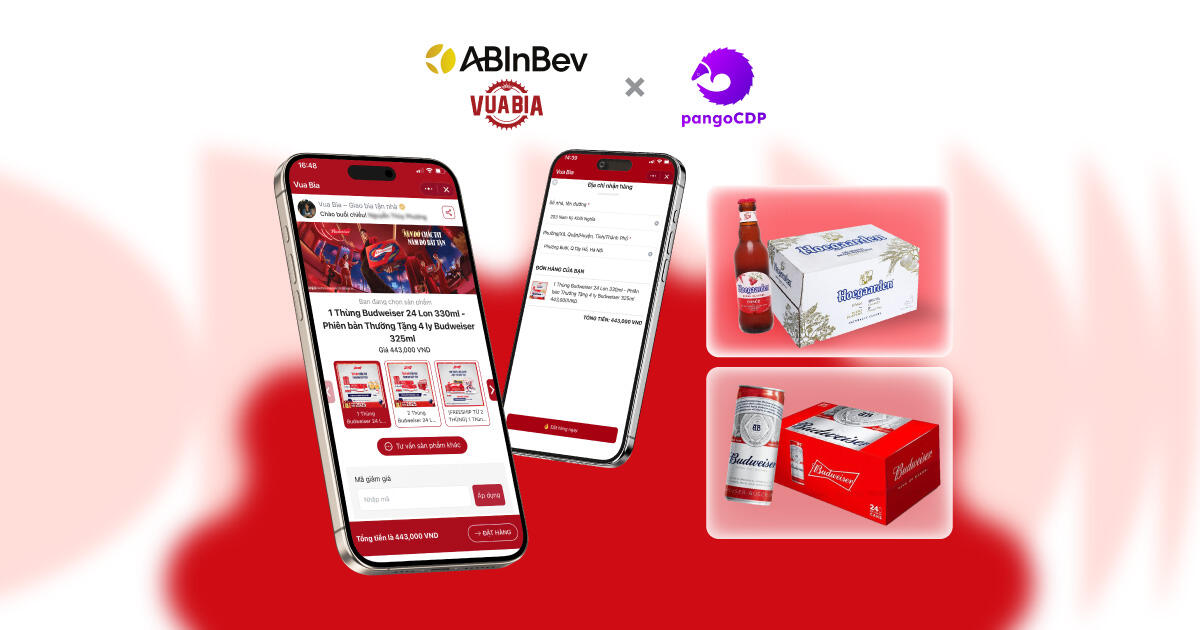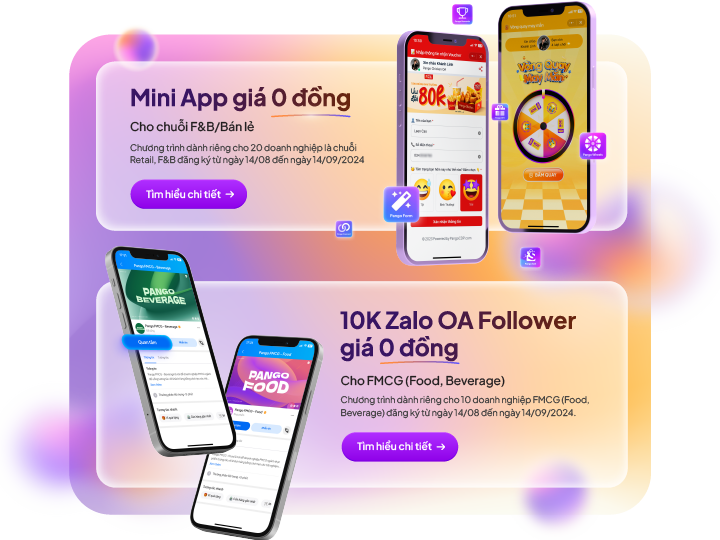FMCG (Fast Moving Consumer Goods) is a general term for businesses specializing in the production and distribution of fast-moving consumer goods, for example, processed foods (instant noodles, canned food), beverages, alcohol, cosmetics, detergents, toothpastes, shampoos, etc. When discussing the customers of FMCG businesses, we need to mention both Outlets (points of sale) and End-User (Consumers). In this 1 part, we will discuss the Outlet data.
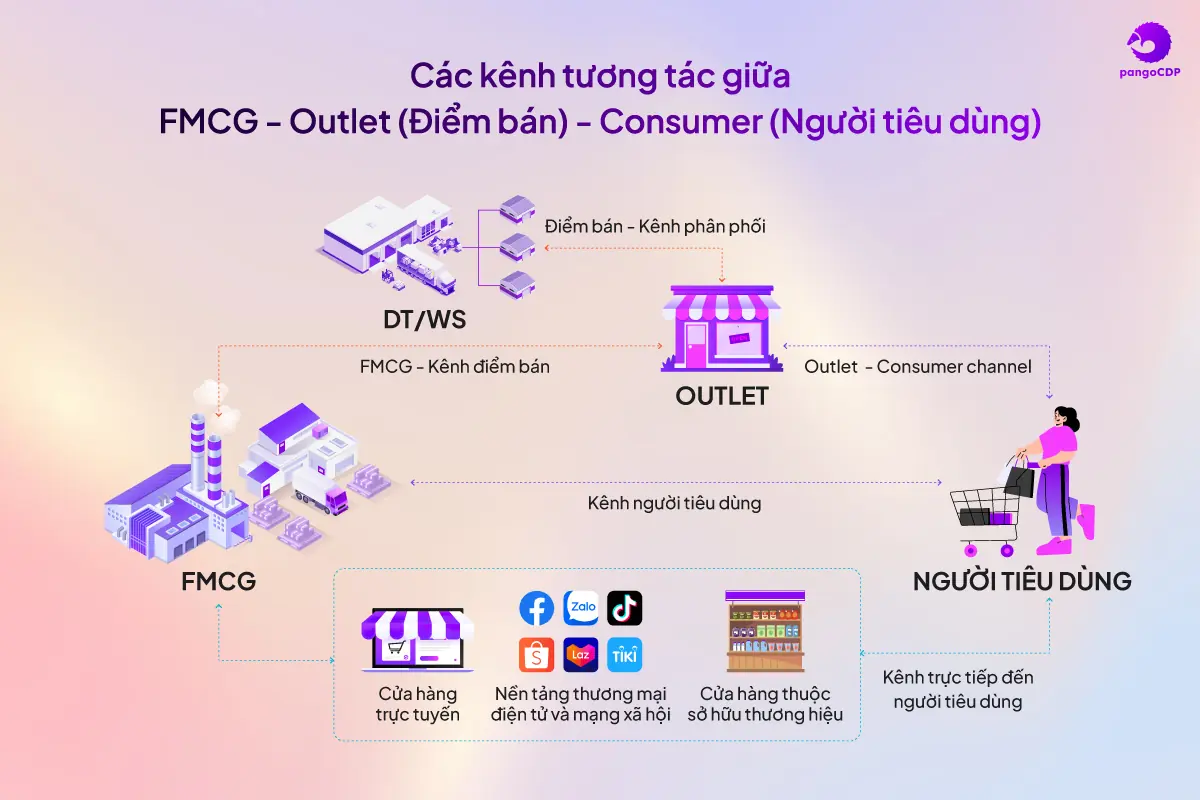
Outlet data – Not easy to get
In Vietnam and some Southeast Asian countries, the distribution of goods from FMCG to consumers depends a lot on the Outlets. These include grocery stores, eateries, coffee shops, market stalls, etc., which are places that sell products directly to consumers.

Photo: alamy.com
According to 2022 statistics from the General Statistics Office, Vietnam has more than 1.5 million Outlets. Leading FMCG businesses in Vietnam may own from 300,000-400,000 points of sale.
Most FMCG businesses will use data from Outlets to analyze market demand and evaluate sales performance.
For example, based on store location information, orders, transactions, inventory quantity… FMCG businesses can track, manage, optimize product distribution, ensure continuous and efficient supply. Thereby, they have an insight into the purchasing power of the market and grasp the shopping behavior of customers.
Although owning data brings many benefits to business operations, collecting and analyzing data from Outlets is not a simple task for FMCG businesses. Hundreds and thousands of points of sale have different data entry systems that lead to scattered and fragmented data. Moreover, the process of consolidating these data is not easy and quick. If businesses do not invest in technology systems, it will be difficult to consolidate data and use it effectively for different purposes.
To solve the data challenge, Unilever – the world’s leading multinational company specializing in fast-moving consumer goods began to implement an application called “OrderUNow” to meet ordering needs and facilitate data collection. In addition, with the OrderUNow application, Unilever can also communicate with Outlets by sending information through the App, mainly promotions.
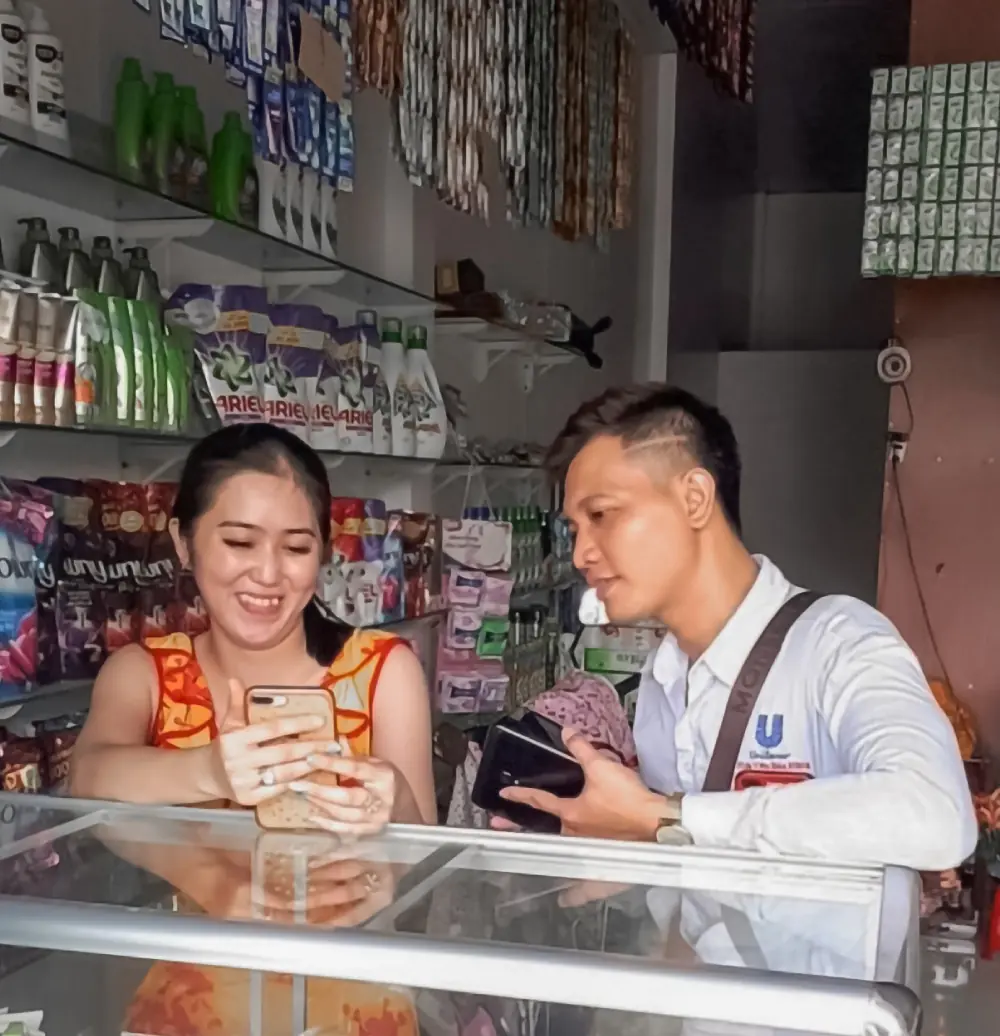
Photo: zingnews.vn
For FMCG businesses that own a large number of outlets like Unilever, having an effective interaction channel is better than allocating the sales team to each sales point for care.
Looking back 10-20 years ago, before the advent of applications for Outlets, FMCG businesses could only communicate with this customer group through sales staff. Salesmen (also known by various titles such as marketing staff, market staff…) would interact directly and assist with ordering based on Outlet needs. This was considered the most common interaction method of FMCG businesses when approaching and selling to the Outlet group.
Later, when deploying the application for Outlets, the sales staff will guide and help grocery store owners to place orders on their own. When the Outlets can place their own orders, the sales staff’s roles shifted to providing in-depth care rather than making periodic visits and assisting with orders as before.
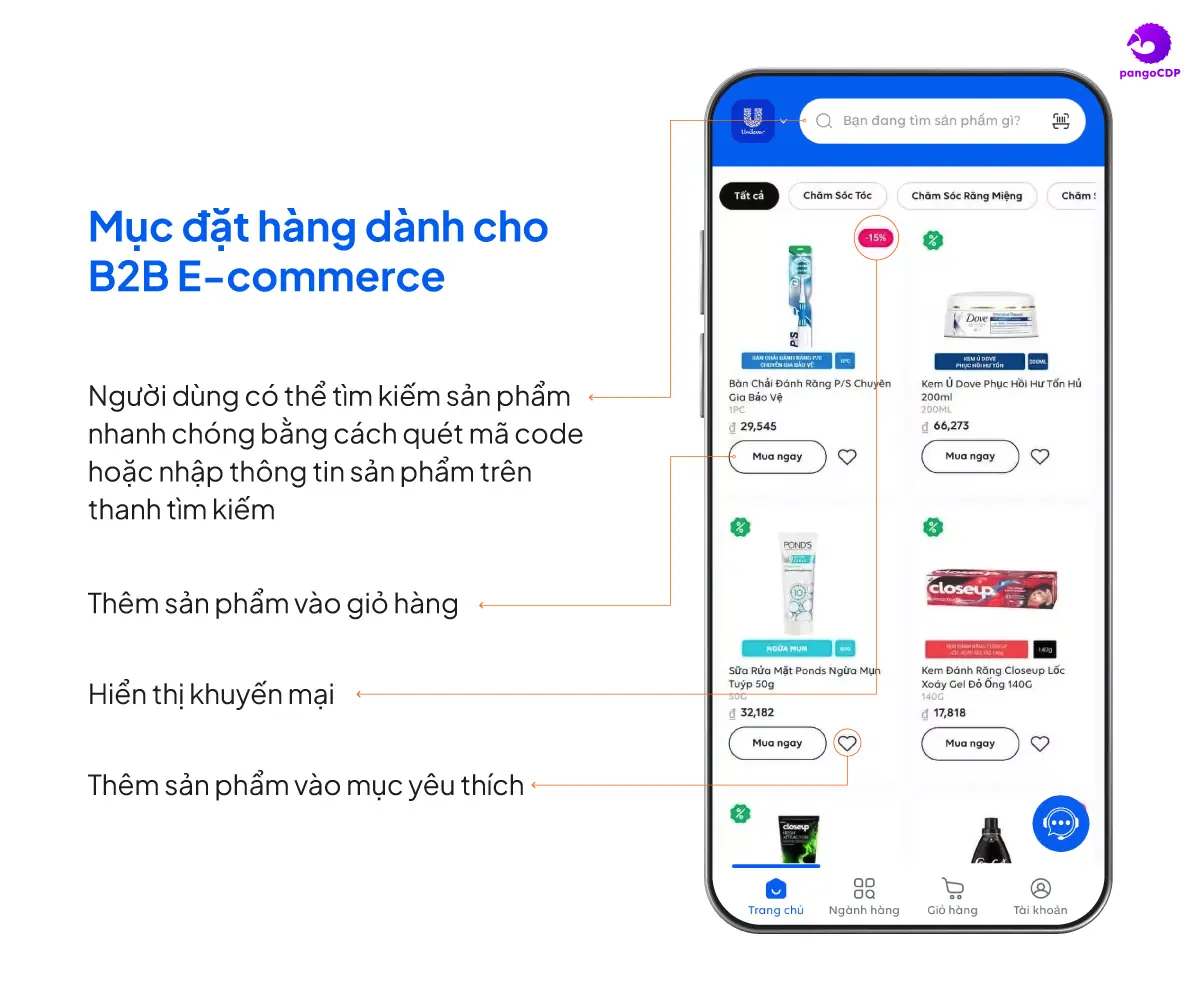
Building and developing technology applications helps FMCG businesses partially reduce the resource burdens and optimize management processes. Care for Outlets is also automated.
However, in reality, it is difficult for 100% of Outlets to use this application. According to Unilever’s 2022 statistics, only more than 200,000 out of 300,000 Unilever Outlets use the app. But this is still a record that few FMCG businesses can achieve for several reasons. One reason is the limited technological accessibility of Outlets, which are often small grocery stores, street food vendors… Implementing new applications by the business can make it difficult for these Outlets to use. This situation leads to the difficulties in collecting data and businesses cannot obtain all data from Outlets.
It can be seen that building applications and creating channels to interact with Outlets is a complex process and not easy for FMCG businesses. In fact, after Unilever, there are very few businesses that have developed an app similar to OrderUNow.
When the Outlet also needs special care
Technology is only successfully applied when there are users. Therefore, besides developing the OrderUNow order application, Unilever also implements an interaction and communication channel on the Zalo platform simultaneously.
For Outlets, especially grocery store owners, most people prefer to use Zalo because of its popularity and user-friendliness. The possibility of 100% of Outlets to communicate with businesses through the Zalo application is completely feasible. It also helps companies collect Outlet data more easily. Data consolidation also happens smoothly thanks to the Customer Data Platform (CDP).
Data collected from Outlets includes not only ordering data but also interaction data between Outlets and brands through feedback on Zalo OA (Zalo Official Account) and behavior on Mini App. All data is collected, consolidated, and visualized on a single platform by the CDP. Additionally, companies can use data-driven insights to segment the Outlet system into groups with unique characteristics.
For example:
- Outlets with high sales of liquid milk.
- Outlets with high sales of powdered milk.
- Outlets with continuous orders over three months.
- Outlets with intermittent orders over three months.
- …
From these segmented data sets, companies can implement personalized communication scenarios tailored to each group, such as:
- Send messages to introduce new liquid milk products to “high sales of liquid milk Outlets”.
- Send Vouchers to encourage orders for “Outlets with intermittent orders over three months”.
- Send messages to maintain orders in the following months to receive rewards for “Outlets with continuous orders over three months”.
In addition, understanding Outlet data also helps businesses propose suitable solutions to support Outlet to optimize sales.
For example: To help Outlets optimize sales and stock appropriate amounts of products, FMCG businesses can rely on historical orders, information of the best-selling product groups, and seasonal consumption trends of Outlets on the system to suggest the right quantities and items.
Besides, building interaction scenarios to enhance Outlet loyalty is also very important. Ranking members as diamonds, gold, silver, bronze, etc., and taking care of Outlets based on their ranks with specific preferential policies is also a way to help manufacturers get closer to Outlets. Gradually winning the hearts of grocery store owners – “Uncle Bay, Aunt Tu”, and vendors, etc. They will become the core personnel ready to introduce the brand’s products to all their customers and consumers.
